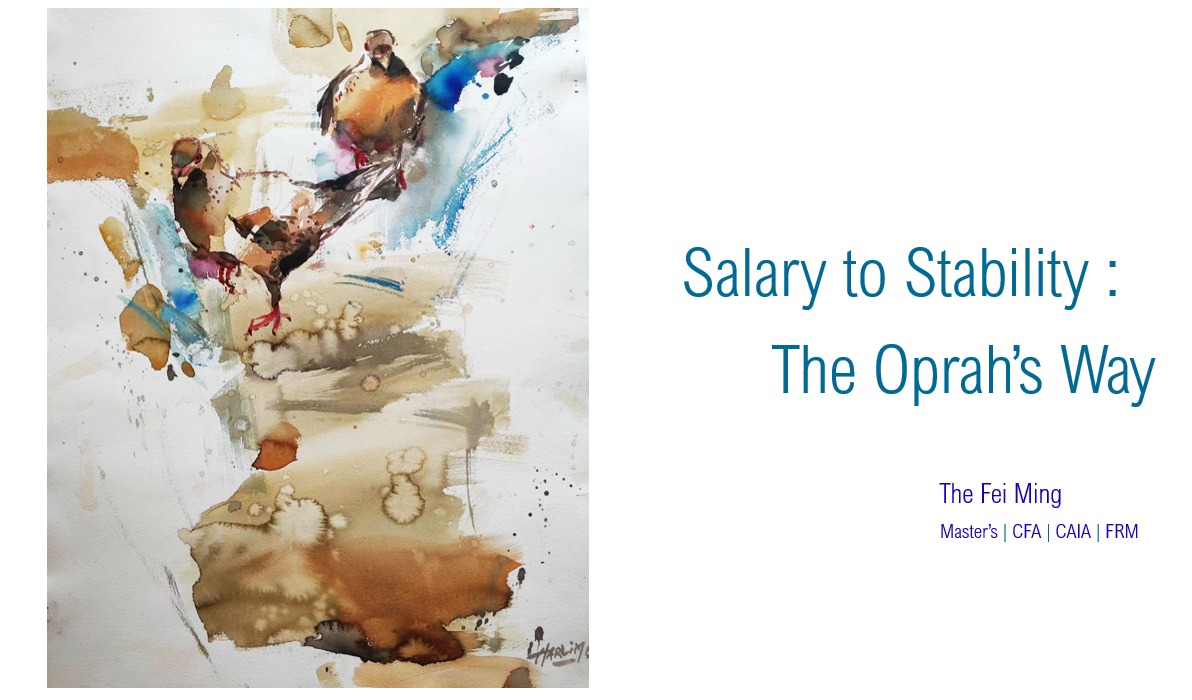(Ever)grande: When Supply Goes Wrong
grande-When-Supply-Goes-Wrong.jpeg.jpeg)
"Supply creates its own demand"—a classical economic belief asserting that supply, not demand, drives growth. Jean-Baptiste Say (1803) argued that production, productivity, and supply stimulate demand, savings, and investment. But why does growth matter? Because real economic growth generates employment and preserves purchasing power.
Laissez-faire. Unlike Keynesian economics, supply-side theory assumes that free markets allocate resources efficiently without the need for active fiscal or monetary intervention. Demand adjusts naturally to supply, supported by a self-correcting mechanism. Countercyclical stimulus is deemed unnecessary.
Radical reform. China first experimented with supply-side economics in the 1950s, believing that strong supply in sectors like steel and iron would build long-term resilience. In this view, demand is a consequence, not a cause. The Great Leap Forward was the first major supply-side policy—and a catastrophic failure.
Between 30 to 45 million lives were lost in the blind race to outpace Britain’s industrial supremacy within 15 years. Overproduction collided with insolvent demand. Supply, it turns out, isn’t self-justifying. Misguided policy and capital misallocation shrank GDP by 30%, erasing an estimated US$500–800 billion in economic value in just two years. It took nearly 15 years for China to recover.
Liberalization. From 1978 to 1990, China implemented consistent supply-side reforms—deregulation, industrialization, innovation, and privatization. This boosted productivity, income, creativity, and most importantly, confidence and risk appetite.
Confidence and risk appetite—two sides of the same coin—are products of a booming economy. Confidence raises money velocity, the lifeblood of an economy, turning income into consumption and savings into investment. Yet overconfidence breed bubbles, planting the seeds of crisis.
Evergrande. After the 2008 Global Financial Crisis, external demand collapsed. Overcapacity dragged on China's economy. Abundant supply met tepid demand—symbolized by the 80 million unsold apartments left behind by Evergrande and other distressed developers. These were the products of unchecked land and credit liberalization in the early 2000s.
To address weak consumption, China doubled down on infrastructure and real estate investment through Local Government Financing Vehicles (LGFVs), clinging to the flawed belief that investment would create its own demand—a sharp reversal of Keynesian logic.
But real estate-driven GDP growth led to bubbles and crashes. The fallout? Systemic risk, Evergrande’s default, a broader property crisis, and a debt spiral. Today’s GDP growth hovers around 5%—half of what it was a decade ago—while confidence and risk appetite continue to deflate. China now stands at the brink of stagflation.
My Two Cents. Supply-led stimulus can be swiftly deployed in a state-driven economy. However, without corresponding demand, it risks long-term distortions—as seen in China’s overbuilt real estate sector. In contrast, the Keynesian model is more effective in consumption-driven economies, where household spending anchors GDP.
Pacing policy to match economic cycles is inherently difficult. An overly aggressive stance inflates prices; an overly defensive one erodes economic value. Mistiming has consequences—but complacency is the most precarious risk.
Therefore, dynamic policy allocation is essential for navigating economic cycles. No single model fits all—each country has unique behaviors, cultural traits, and economic drivers. Understanding these nuances is critical to striking the right policy at the right time. Smart capital and policy allocation remain the cornerstone of sustainable, resilient growth.
Think (over)supply. Think (Ever)grande. Then think again.




![[Intensive Workshop] Powerful Sales Pitch: From Opening to Closing!](https://fs-media.kontan.co.id/kstore/upload/brand_images/brand_images_29072511211600.jpg)
![[Intensive Workshop] AI-Powered Scenario Analysis](https://fs-media.kontan.co.id/kstore/upload/brand_images/brand_images_04082510510500.jpg)